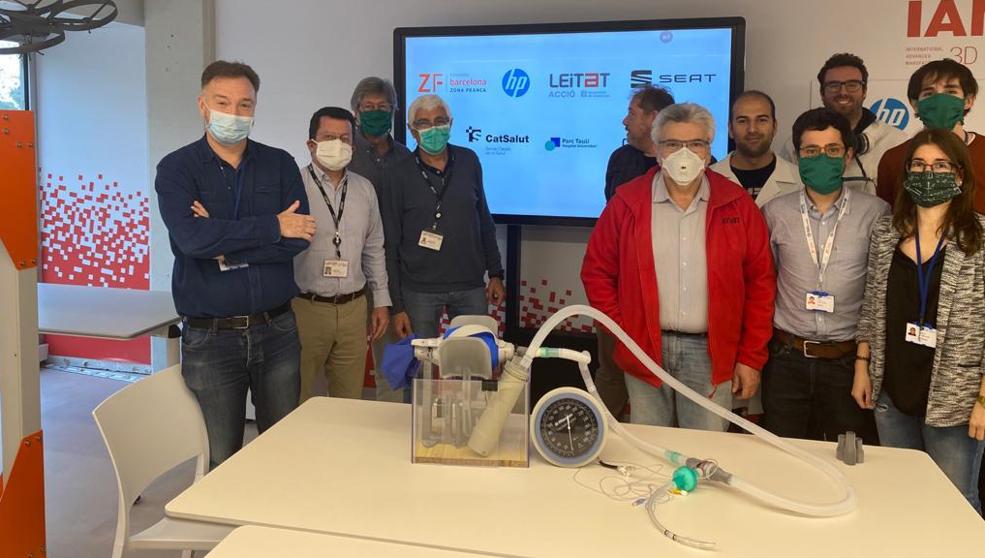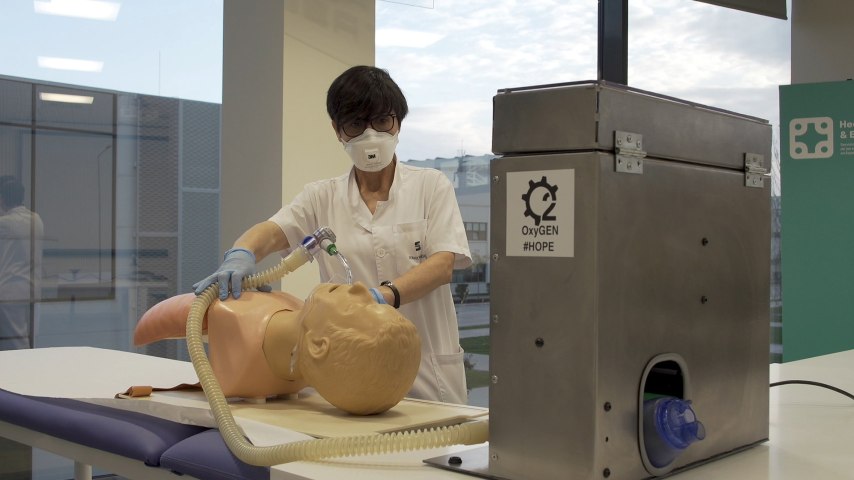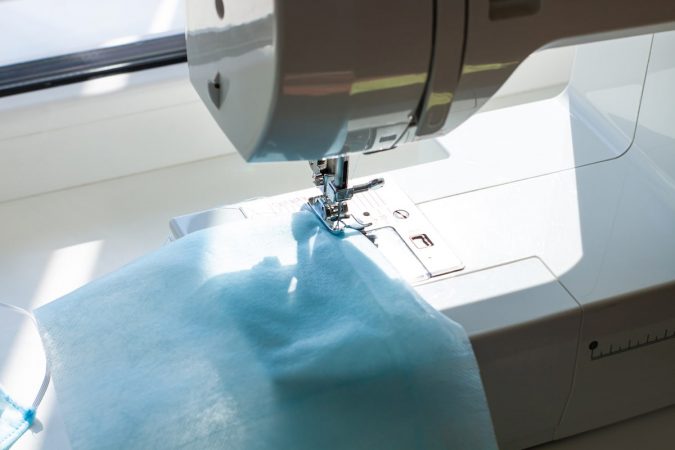Cómo la COVID-19 ha resaltado el valor de la creatividad, el diseño y la innovación
Ante una emergencia sanitaria como la que estamos viviendo, han surgido innumerables soluciones para abordar las nuevas necesidades y mitigar los efectos devastadores de esta pandemia sobre el sistema de salud, la economía y la vida cotidiana de las personas.
Un contexto altamente incierto ha subrayado las capacidades creativas, innovadoras y colaborativas de nuestras sociedades. Hemos decidido analizar esto en profundidad para que lo que estamos viviendo ahora pueda servir como una oportunidad de aprendizaje para un futuro próximo. ¿Qué lecciones nos ha enseñado la COVID-19 a quienes trabajamos en el mundo del diseño?
Impresión 3D: respuestas inmediatas a contextos de crisis
Muchas de las soluciones que han surgido en las últimas semanas se han desarrollado gracias a la impresión 3D. Esta tecnología ha demostrado ser una opción viable para diseñar y producir productos en masa con inmediatez y a un coste muy bajo. Es una alternativa ideal para responder a situaciones de crisis que requieren soluciones rápidas y eficaces.
Los ejemplos incluyen protectores faciales diseñados para trabajadores de la salud y la producción de válvulas para ventiladores. Estas alternativas tienen como objetivo complementar los recursos tradicionales limitados al ofrecer soluciones de producción viables, escalables, rentables y rápidas.

Otro ejemplo es el ventilador de campo. diseñado por El Consorci de la Zona Franca de Barcelona (CZFB), Leitat, el Consorci Sanitari de Terrassa y el Hospital Parc Taulí de Sabadell, en colaboración con varias empresas. Han desarrollado el primer ventilador de campo mecánico industrializable fabricado mediante impresión 3D. Esto significa que tiene una capacidad de producción escalable.

Reutilización de productos para satisfacer nuevas necesidades
Si bien la innovación humana no tiene límites, en una crisis, las soluciones pueden ser son sorprendentemente creativos y no siempre tienen que empezar desde cero; a veces, basta con reutilizar un producto existente.
Un ejemplo es el trabajo realizado por SEAT, que utilizaba motores de limpiaparabrisas, engranajes impresos en fábrica y ejes de caja de cambios para diseñar un nuevo ventilador de emergencia ahora se usa en hospitales.

El valor del bricolaje
En situaciones de crisis en las que los recursos son escasos, es crucial combinar los esfuerzos para lograr soluciones lo antes posible. Aquí es donde «Hazlo tú mismo» (DIY) el movimiento se vuelve valioso. Muchos trabajadores de la salud y personas en situación de riesgo necesitan un equipo de protección esencial, y cualquier contribución, incluso a nivel individual, ayuda a aliviar la crisis.
En los últimos días, han surgido numerosos tutoriales sobre cómo hacer mascarillas que protejan contra la COVID-19. En línea, puedes descargue las instrucciones para imprimir protectores faciales con una impresora 3D, entre muchas otras alternativas.
Estas iniciativas ayudan a aumentar el volumen de soluciones disponibles en un momento de gran necesidad.

Diseños más sostenibles que nunca
Como mencionamos en nuestro último post sobre el diseño para la economía circular, un diseño sostenible sigue tres principios: debe estar hecho de materiales reciclables, tener una durabilidad notable y ser fácil de reparar o reutilizar. Uno de los efectos de esta crisis es que la escasez de recursos nos ha empujado a adoptar tales diseños.
Esto es lo que ocurrió con las conocidas máscaras de esnórquel de Decathlon, diseñadas originalmente para uso recreativo, que se han reutilizado como máscaras de oxígeno de alto flujo.
Colaboración ilimitada
Si hay algo que nos ha enseñado la crisis de la COVID es el poder de la colaboración en la sociedad. De hecho, muchas de las soluciones que han surgido recientemente no habrían sido posibles sin el trabajo en equipo desinteresado de varias partes interesadas. Se han creado numerosas plataformas en línea para conectar a los diferentes actores del proceso de diseño.
Un ejemplo es el proyecto Coronavirus Makers, cuyo objetivo es desarrolle planes e instrucciones de código abierto para que cualquier persona que tenga una impresora 3D pueda participar. Según los informes, ahora hay más de 10 000 fabricantes coordinados a través de Telegram, creando máscaras, protectores faciales, ventiladores y cabinas de protección en un tiempo récord.






